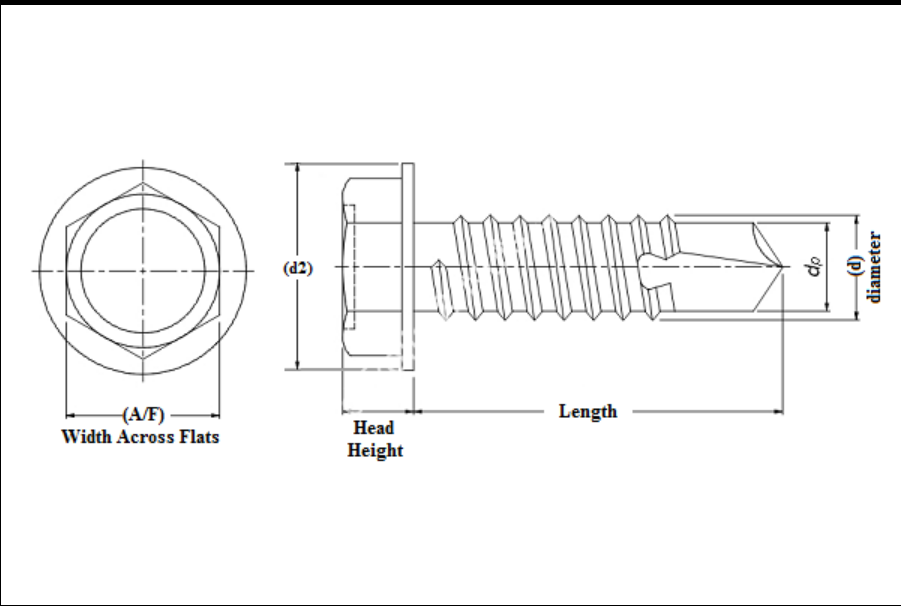Custom Screw Arrangement for Fire-Rated Drywall Installation Techniques and Best Practices
Custom Screw Pattern for Fire Rated Drywall
When it comes to constructing fire-rated drywall assemblies, precision and adherence to building codes are paramount. Fire-rated drywall, often referred to as Type X drywall, is specially formulated to withstand fire exposure for a set period, typically one hour, two hours, or longer, depending on the building requirements. In addition to using the correct type of drywall and fireproofing materials, the installation method plays a significant role in ensuring the effectiveness of the fire-rated system. One of the essential aspects of this installation is the custom screw pattern.
Understanding Fire Rated Drywall
Fire-rated drywall consists of a gypsum core that is reinforced with glass fibers, making it more resistant to fire than standard drywall. These panels provide an effective barrier, slowing the spread of fire between spaces and enhancing the overall safety of building structures. Building codes often dictate that such materials must be installed properly, not only to maintain their fire-resistance properties but also to ensure structural integrity.
Importance of Screw Placement
The placement and pattern of screws in the installation of fire-rated drywall are crucial. Proper installation ensures that the panels remain securely attached while minimizing air gaps, which could compromise their fire-resistive performance. Incorrectly placed screws can lead to issues related to structural stability and fire performance, potentially rendering the entire assembly ineffective.
Developing a Custom Screw Pattern
A custom screw pattern can be developed based on specific project needs, types of drywall, and the layout of the installation. The general guidelines recommend that screws should be placed at specified intervals along the edges and the field of each drywall panel
1. Edge Fastening Screws should typically be placed 12 inches apart along the perimeter of each panel. Screws should penetrate at least 3/8 inch into the studs and should be installed flush with the surface of the drywall.
custom screw pattern for fire rated drywall

2. Field Fastening In addition to edge fastening, screws throughout the field of the panel should be placed no more than 16 inches apart. This practice helps to secure the middle of the panels and prevents sagging, which could lead to gaps that would allow fire to spread.
3. Staggering Placement To enhance the strength of the overall assembly, the screws on subsequent layers of drywall can be staggered. This means that the screws on the second layer of drywall do not align with those of the first layer. This staggered arrangement provides better load distribution and can further inhibit fire from spreading.
4. Alternating Orientation For walls where additional strength is necessary, alternating the screw orientation between vertical and horizontal rows can increase the stability of the installation. This is especially important in areas where heavy loads may be required, or where fire is a notably significant risk.
5. Additional Reinforcements In certain areas, such as around windows, doors, and corners, additional screws can be added to provide extra support. These details are not just about fire resistance; they also help maintain the overall integrity of the drywall system.
Compliance with Codes
Before embarking on a drywall installation project, it’s essential to consult all relevant building codes and manufacturer specifications. Many building jurisdictions have specific requirements for installing fire-rated drywall, including the type of screws to be used, their placement, and the spacing between them. Compliance with these regulations is not merely a matter of best practice—failing to adhere to them can result in costly fines or even legal repercussions in the event of a fire.
Conclusion
In the context of fire-rated drywall installation, a custom screw pattern is not just an option but a necessity for achieving top performance. By understanding the importance of screw placement and adhering to guidelines, builders can ensure that their installations are not only compliant with fire safety regulations but also durable and effective in offering the necessary fire resistance. Properly installed fire-rated drywall can be a critical factor in saving lives and protecting property in the event of a fire.
-
Top Choices for Plasterboard FixingNewsDec.26,2024
-
The Versatility of Specialty WashersNewsDec.26,2024
-
Secure Your ProjectsNewsDec.26,2024
-
Essential Screws for Chipboard Flooring ProjectsNewsDec.26,2024
-
Choosing the Right Drywall ScrewsNewsDec.26,2024
-
Black Phosphate Screws for Superior PerformanceNewsDec.26,2024
-
The Versatile Choice of Nylon Flat Washers for Your NeedsNewsDec.18,2024










